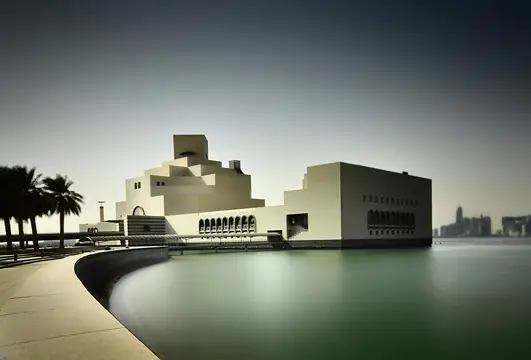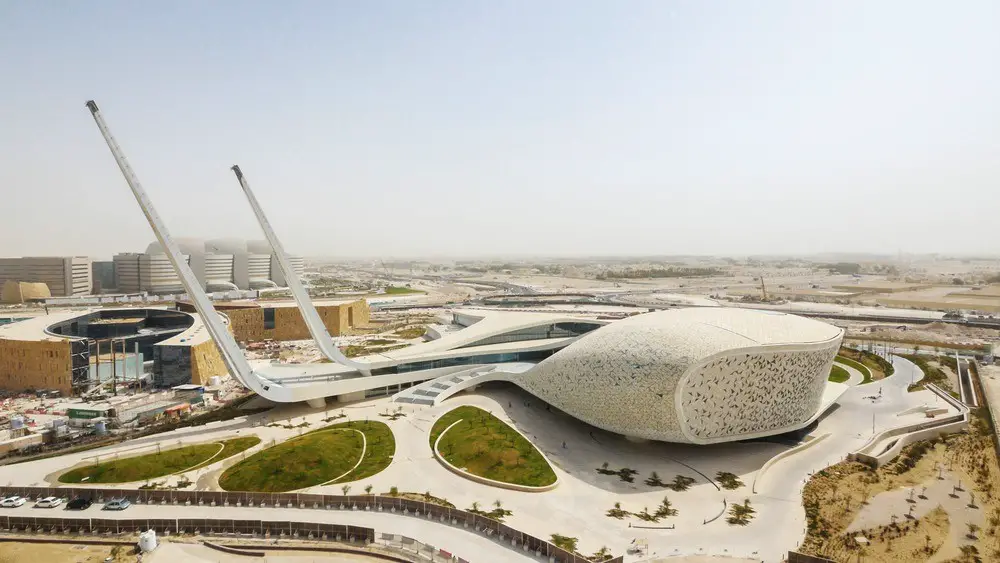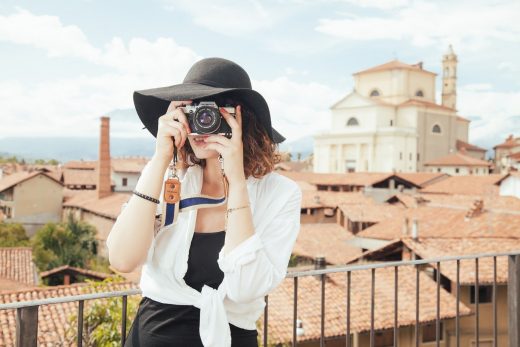Building Photography, Powerful Software Design Images, Help with making good Architecture Photos
Pushing Architectural Photography with Powerful Software
Architecture Photographs – Buildings from around the World
22 Oct 2018
Pushing Architectural Photography Software Tips
Architecture is one of those fields which can be rather difficult to describe. On one hand, it’s quite solidly within the realm of pure engineering. The amount of math and exactness of one’s calculations should attest to that fact. But at the same time, there’s another aspect which sometimes doesn’t get nearly enough attention. And that’s the extent to which architecture sits within the art world. Here’s our tips on pushing architectural photography:
Pushing Architectural Photography to the Next Level With Powerful Software
It’s often difficult to find solid information about the relation of architecture to art, and even more so when it comes to trying to narrow it down to one particular field. This can leave an architect trying to improve his architectural photography in a rather difficult position. There’s an obvious need for more information, but there is a lack of resources that will help one along his way.
Solid help from solid software
The short answer is to master software that’s heavily focused on the type of photography you need. For example, Lightroom Presets can work especially well with architectural needs. One of the most important reasons comes down to consistency.
If one looks at a photography competition then something should catch his eye. And this is especially true in instances where one is looking for images related to architecture. What one will note is that there’s a general consistency to many of the submissions.
When people work with architectural photography, they’re typically trying to maintain a specific look to their work. They might want to highlight an emotional resonance to their work, or they might want to point out some of the specific distinctions unique to their design. But whatever the reason they’ll typically try to keep variables to a minimum.
Inspiration from the examples of others
The consistency of the images is one of the most important lessons to learn. This is true with any type of outdoor photography. But if the focus is on architecture then it’s especially significant. One of the reasons comes down to the importance of simplifying variables. Architecture is an engineering discipline. And like anything related to the sciences, it’s important to keep unaccounted for variables to a minimum.
An experiment needs to reduce variables if the data can be easily documented and used by others. And the same goes for architectural photography. There’s quite a bit about a picture which might lead to overall confusion. Different times of day, cloud cover and even the height of a photographer can make the style difficult to judge. And one needs to be able to compare multiple images from your work.
As such, you should be sure to properly use filters to account for these issues. You just need to look at some of the more widely praised portfolios to see how well this can work. It’s smart to model one’s own work after the successful methods of others.
Portfolios
And this general principle should be used when making your own portfolio. This goes for varying levels of professionalism too. Sometimes you’ll want to highlight work for a less technical audience. In these cases, the filters and editing software should be used to try for specific emotion.
There’s obviously going to be some variation based on specific audience. But in general, one can draw from the culture as a whole when trying to create a feel for the images. Your buildings might take on a romantic tone when framed by a softer light similar to a sunset. And a more silvery tone when the moon is out can make it take on that type of cool and calm emotion.
When working on a more professional level, it’s usually best to ensure images are as crisp and clear as possible. To be sure, you shouldn’t neglect emotion in those images either. But your peers will be primarily interested in the objective aspects and want to have them in starker contrast. Mood and tone will matter, but it will matter less than if you were primarily aiming images at the public.
Pushing Architectural Photography – Final thoughts
Lastly, one should even keep these rules in mind when showcasing the work of others. You might need to discuss trends when talking about a new project. If you have clearly defined images from others, then it’ll be a help planning for your own projects, and just as much if you understand if and how they were combined with editing software.
Comments for this Pushing Architectural Photography Software advice article are welcome
Architecture Photographers
Architectural Photographers featured on e-architect:
Doha Building Photographs, Qatar architecture images

photograph © Pygmalion Karatzas
Doha Building Photos
Architectural Designs
Miami Architecture Walking Tours
Comments / photos for the Pushing Architectural Photography Software page welcome
Website: Architectural Photography






